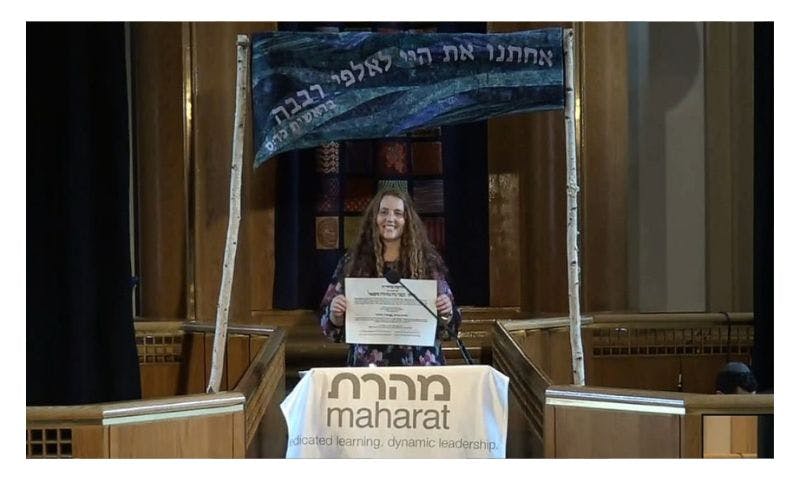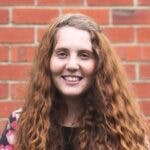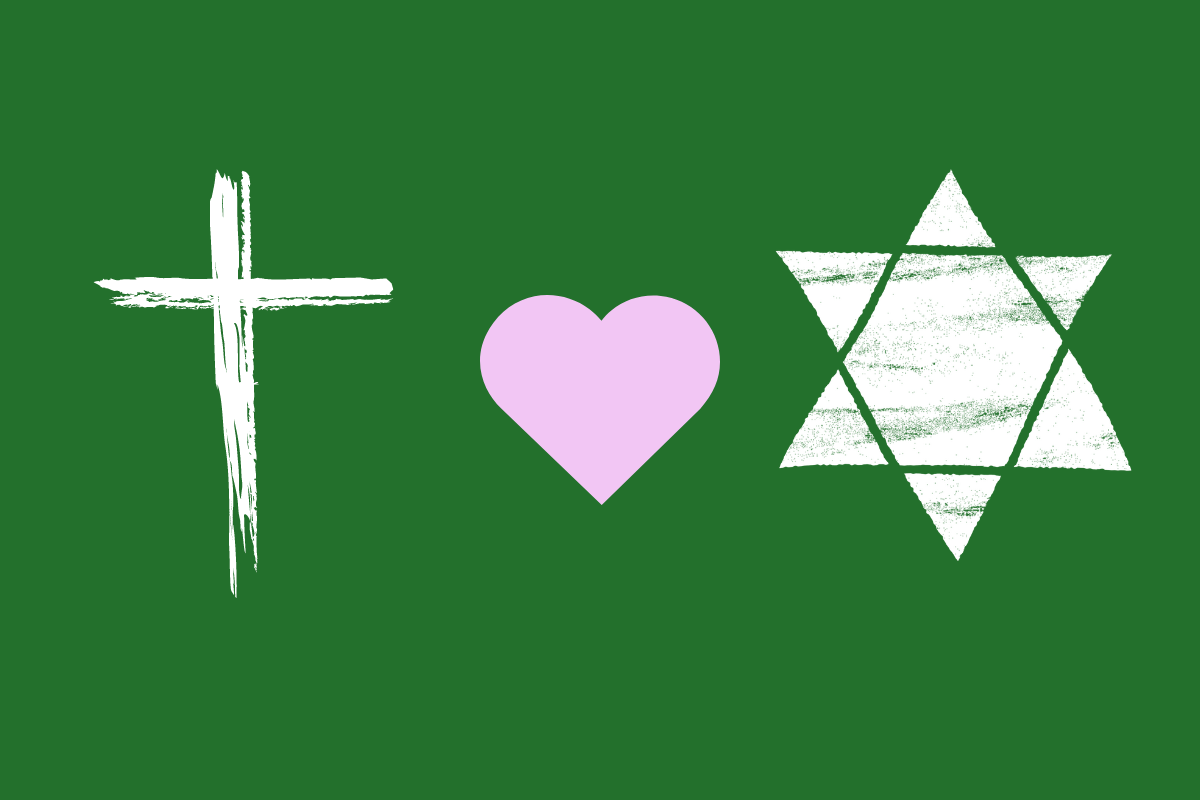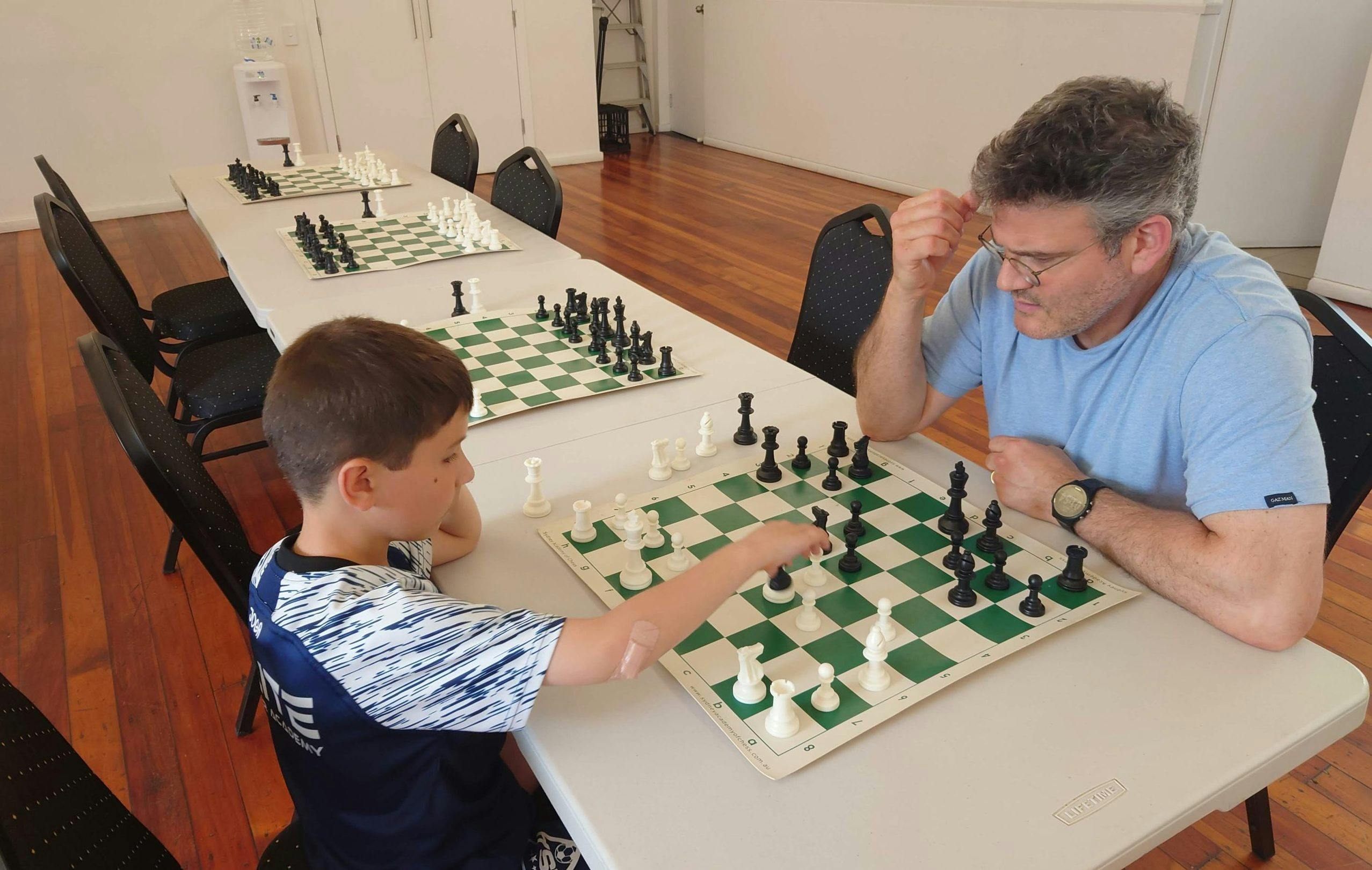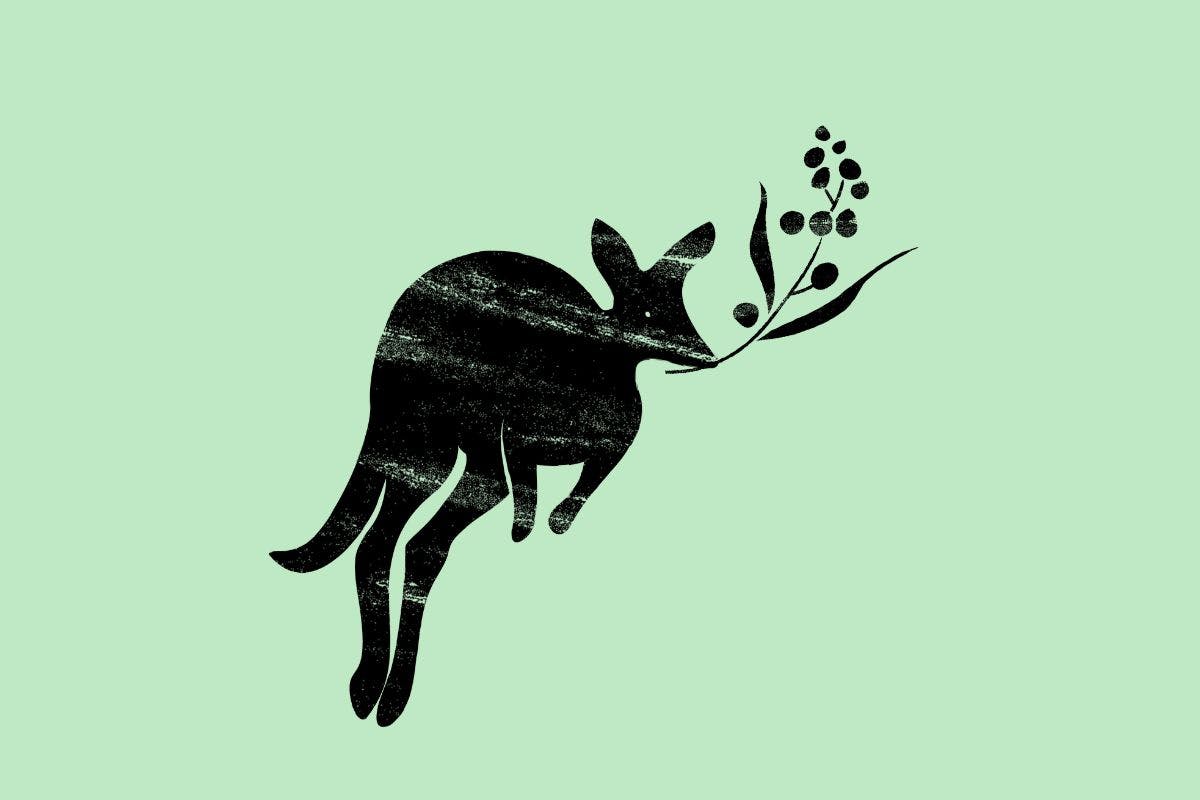Published: 30 June 2023
Last updated: 5 March 2024
NOMI KALTMANN explains why she undertook rigorous study with a 5.30am wake-up daily to gain a qualification many Orthodox Jews don’t recognise.
I have just achieved something I was told was impossible. Despite being an Orthodox woman, I have been ordained as a rabbi, taking on the title “rabbanit.”
I have completed my training with Yeshivat Maharat, a women’s yeshivah that trains women to receive the same ordination previously only available to men.
In achieving this qualification, I am following in the path of my friend and mentor, Rabba Sara Hurwitz, who in 2009 became the first woman in the world to receive Orthodox rabbinic ordination.
The ordination of Hurwitz, by Rabbi Avi Weiss, set off a firestorm in the Orthodox world. The ordination was met with swift condemnation by major American rabbinic councils and the ensuing controversy was covered in Jewish newspapers around the world.
But 14 years down the track, more than 60 women have been ordained by Yeshivat Maharat and a further 100 are in training.
I kept my studies quiet for four years because I didn’t want to become “controversial”.
Yeshivat Maharat is a New York-based institution whose name is an acronym of manhiga hilkhatit rukhanit Toranit, a feminine construction meaning "leader of Jewish law, spirituality and Torah". There is also an Orthodox women’s rabbinic training program in Israel.
In the early years, only a handful of women were brave enough to enrol in Maharat’s four-year Torah study program. Despite committing to years of rigorous study, women were unsure whether they would be employed and what kind of jobs they would have.
The decision to take a title was also challenging. Ordained women may choose the title rabbi, like a man, but many opt for a feminine form such as rabba or rabbanit, or an alternative title such as darshanit or maharat. I have chosen rabbanit because, although it is still used to denote the wife of the rabbi (a Hebrew form of the Yiddish rebbetzin), it has been reclaimed by feminists to become a female form of rabbi.
As Maharat is Orthodox, women are still bound by the Halachic rules that prohibit women taking on certain roles, such as a witness in a Jewish court of law or counting towards a minyan. However, Maharat, seeks to change the status quo in Orthodoxy, where women were largely excluded from holding any leadership roles or having access to study text.
Do I like the politics associated with being an orthodox female rabbi? Not really. I wish there were none.
In my opinion, the slope to women’s ordination begins with Sarah Schenirer, a Polish Jewish school teacher who set up the first Jewish school for women in Poland in 1917
As women became more educated, they began to open up new frontiers in Torah learning, including studying Talmud, Halacha and Jewish philosophy. As the secular world has learned, women have much to contribute, and they bring unique viewpoints and analysis combined with a deep and rich love of tradition. Today, more than 100 years on from the founding of Schenirer’s Bais Yaakov movement, no one would deny that Jewish girls should be given a robust Torah education.
When I began studying with Maharat four years ago, I was not necessarily interested in becoming a rabbanit. I had two small children, a career as a lawyer and a fulfilling life. But, I wanted to study Torah. I wanted access to the tradition I had been brought up in and deeply revere.
When I shared my potential plans with some people in my orbit, some were disparaging. I was told Yeshivat Maharat was “too radical”, insufficiently modest, and even “ruining Orthodoxy”.
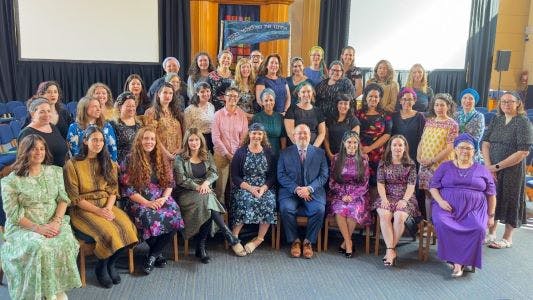
In fact, when I walked into the Bet Midrash at Maharat in New York, I was struck by the thoughtfulness (and dorkiness) of the whole operation.
I walked into a room where there was a bunch of women studying Talmud and discussing Jewish thought. It was a place where nobody wanted to gatekeep access to Torah learning. It was a place that I felt would satiate the craving deep in my soul for access to Torah and Jewish scholarship.
So, for four years, I woke at 5:30am to join an afternoon Gemara shiur in New York. I listened to tens of hours of lectures each week (asynchonously due to time differences), met with my teachers online, participated in workshops and completed assignments and exams. I became a qualified hospital and prison chaplain.
I also made friends with amazing women who span the world and are much older and much younger than me, women who enrich my perspectives, push me to see the world with a broader lens and convince me we deserve access to Torah learning. In short, I found my people.
I grew in confidence and launched the Jewish Orthodox Feminist Alliance (JOFA) in Australia, to advance women’s leadership.
Do I like the politics associated with being an Orthodox female rabbi? Not really. I wish there were none. As far as I am concerned, I still do the same things I have always done, but now I have more knowledge.
I kept my studies quiet for four years because I didn’t want to become “controversial”. But now I have finished studying, I want my role to be clear so that people understand what I am and the work I am doing. I teach Torah. I organise opportunities for women in my community to study Torah. I run events and conferences and I help to fundraise and create new programs that empower and encourage orthodox women to take ownership of tradition.
I want to work to continue to empower women in my community and ensure that the next generation of women in my community and beyond have opportunities to excel and delve into Torah tradition.
RELATED STORIES
Rabbanit Myriam Ackermann-Sommer, 26, runs running Ayeka, one of Paris’ few Modern Orthodox congregations, with her husband Rabbi Emile Ackermann.
Egalitarian Yeshivat Hadar ordains its first rabbbis (Forward)
The non-denominational yeshiva eschews the academic model for a more Orthodox-style training.
Top photo: Nomi Kaltmann receives her rabbinic ordination Yeshivat Maharat
